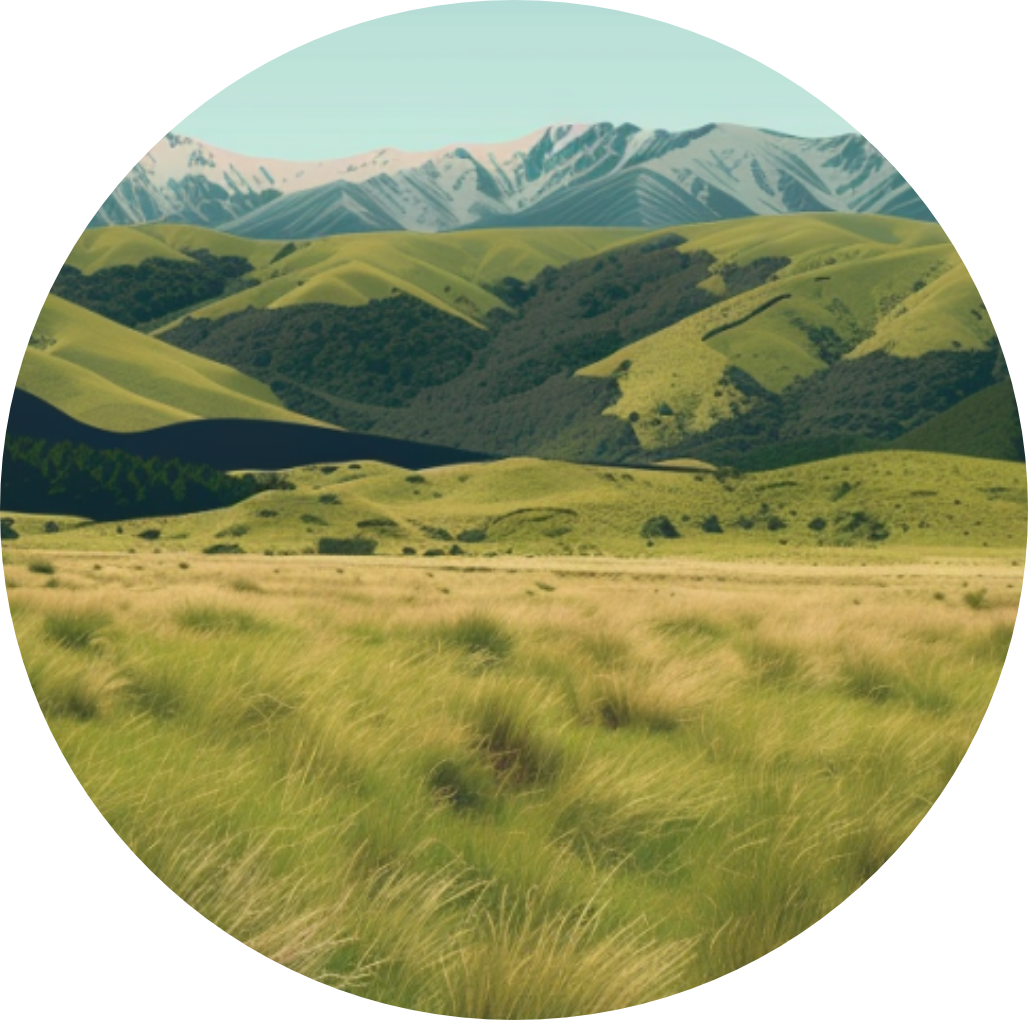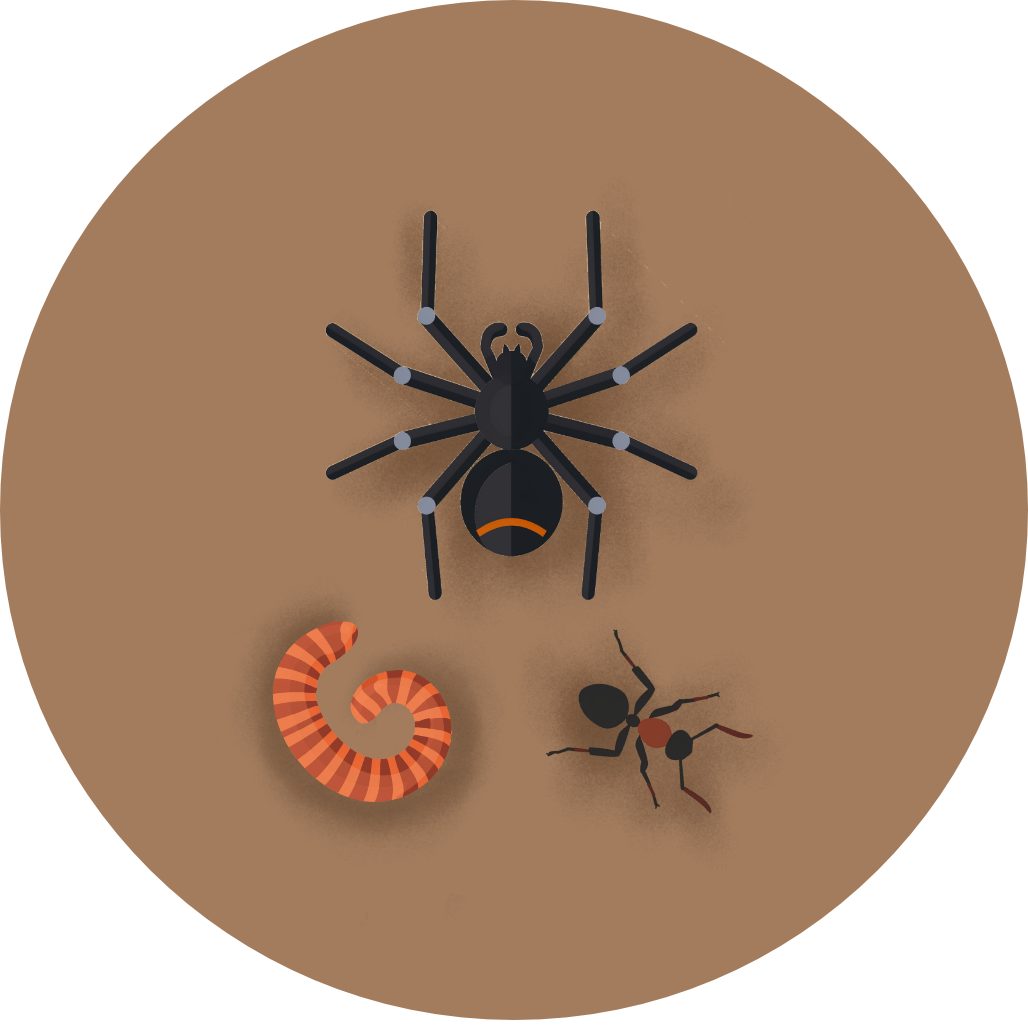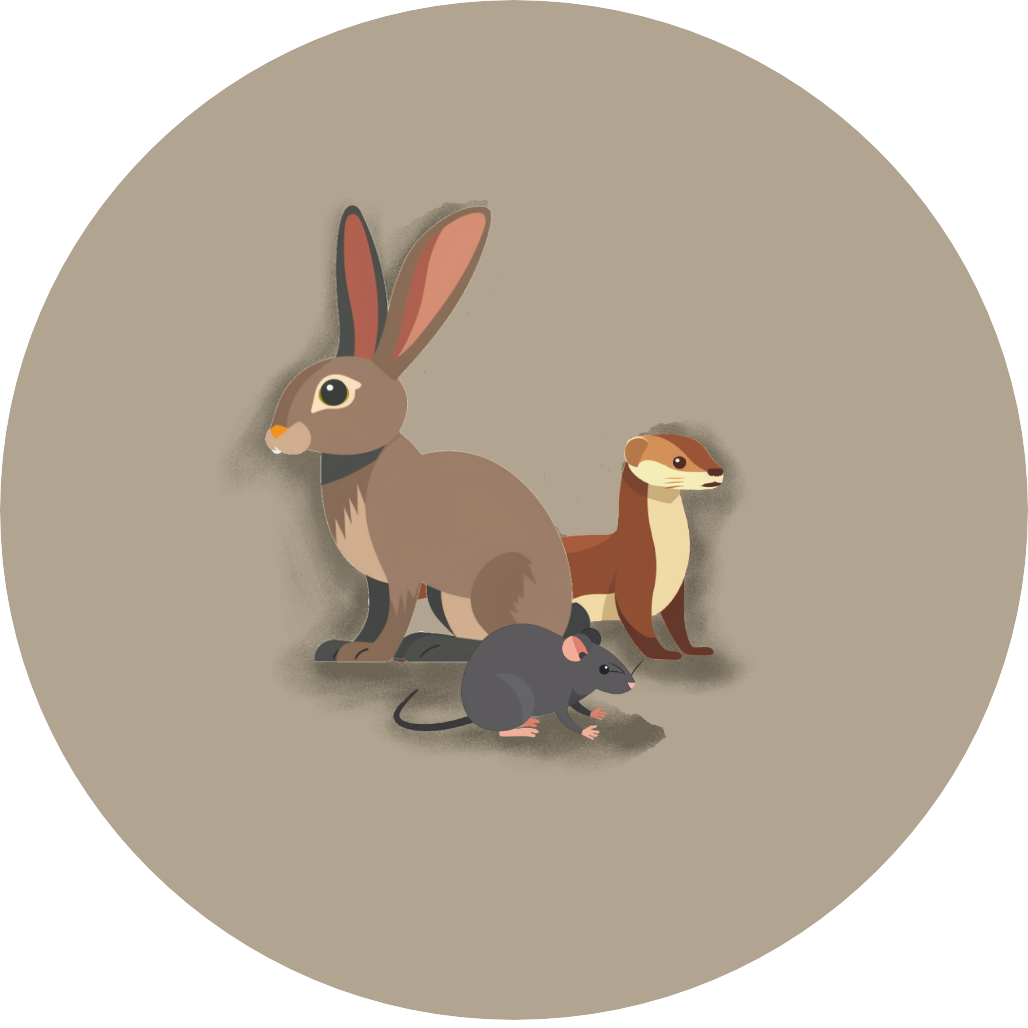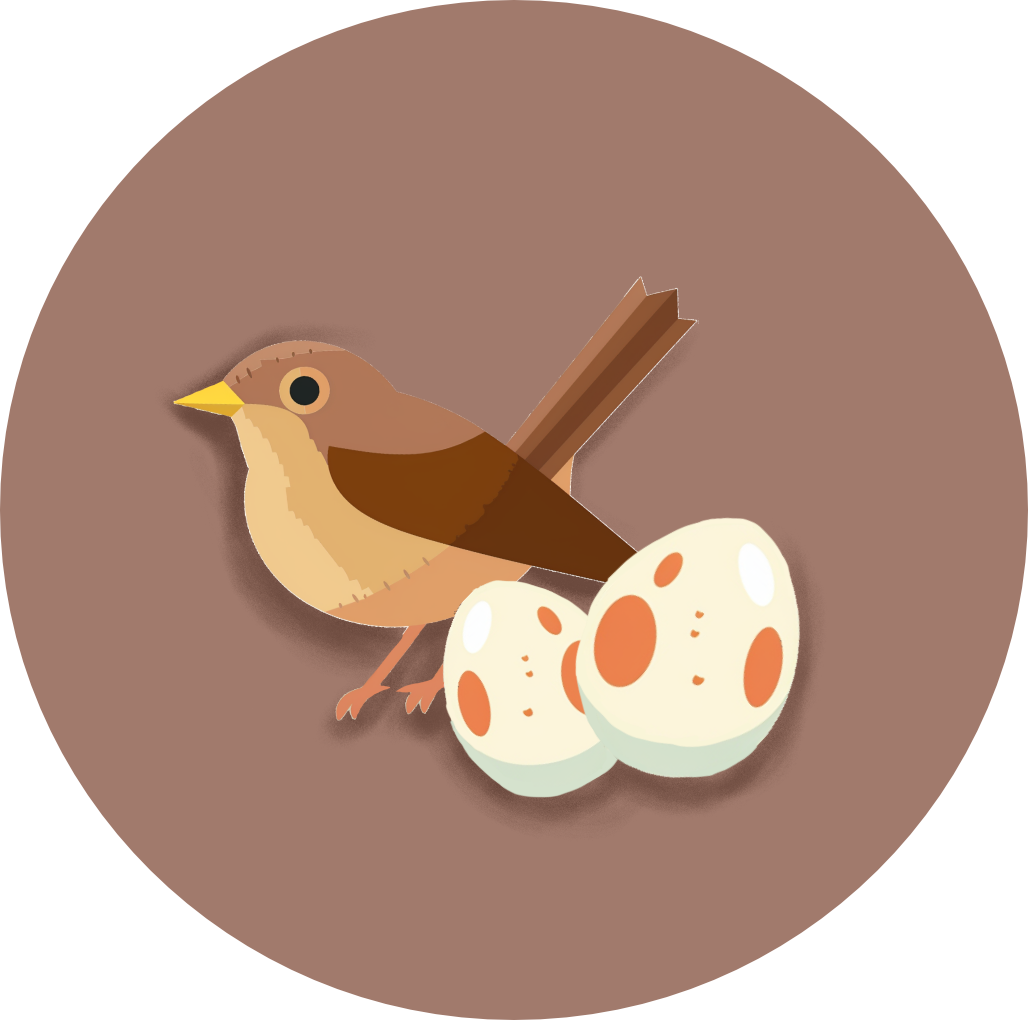
New Zealand Falcon
Falco novaeseelandiae
Also known as: Karearea


Falco novaeseelandiae
Also known as: Karearea

The New Zealand falcon, or Kārearea, is New Zealand’s only native falcon species. About the size of a magpie, this swift and agile bird of prey is a rare but thrilling sight in New Zealand's skies. With its fierce gaze and powerful presence, the kārearea embodies the wild spirit of the landscape.
1. Dark "moustache" stripe on face, contrasting with cream-coloured cheeks
2. Yellow ring around eyes and yellow legs (blue-grey in juveniles)
3. Swift, agile flight with sudden dives and sharp turns
Kārearea are known for their unique ground-nesting habit, laying 1-4 eggs in simple scrapes under boulders or fallen trees. They breed in spring and summer, with both parents sharing incubation duties. These falcons face threats from habitat loss, predators, and human activities like electrocution on power lines. Their aggressive nest defence, even against humans, is a notable behaviour.
Look for Kārearea in diverse habitats on the main islands, from native forests to open tussocklands and even pine plantations. They're most active during early morning and late afternoon. Scan the treetops or rocky outcrops for perched birds, or watch for their distinctive flying pattern along forest edges. Listen for their shrill, repeated "kek-kek-kek" call. A helpful tip: they're often seen chasing other birds, so follow any commotion in the sky\!
The Kārearea has been part of New Zealand's ecosystem for centuries. In Māori culture, it's seen as a bird of great mana (prestige). The proverb "Me te kopae kārearea" or "like the nest of kārearea" refers to something rarely seen, highlighting the bird's elusive nature. It was voted Bird of the Year in 2012 and is featured on the New Zealand $20 note.
45 cm
580 g







Coming Soon!
Top birding locations will be available in a future update.